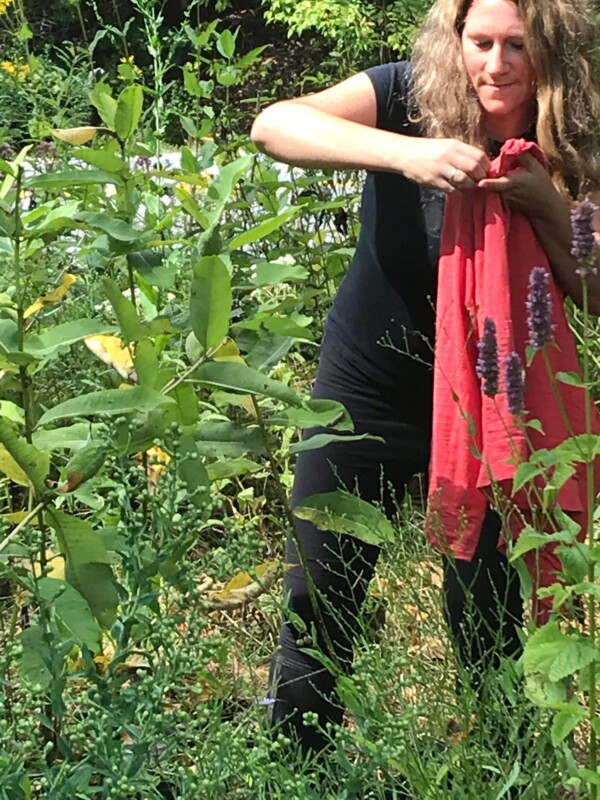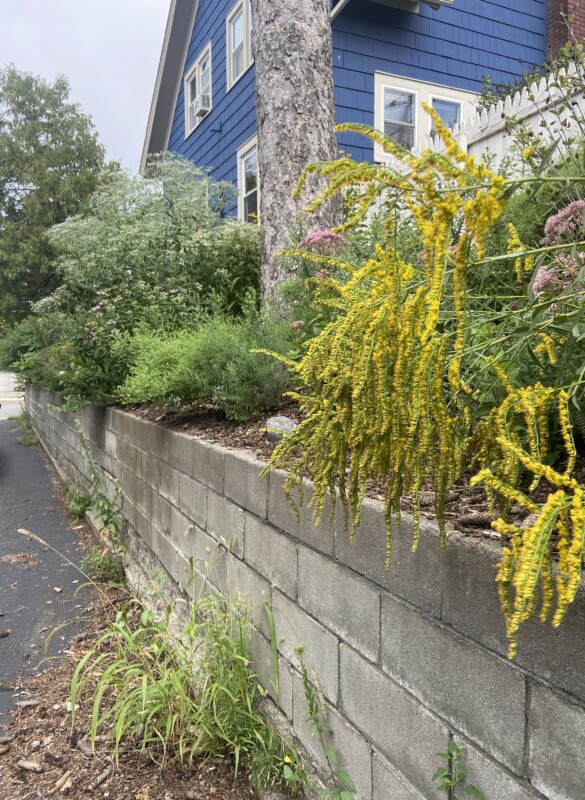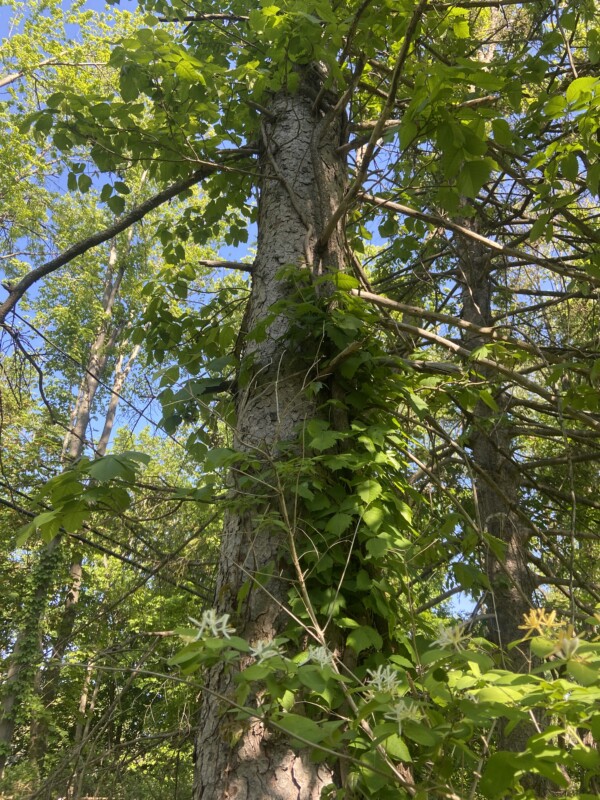
Caring for large gardens is quite a different fête from caring for small gardens. The maintenance routine required to keep a small native garden thriving is often quite manageable. Weeding monthly is usually a breeze after plants are established. It’s fairly common knowledge by now that using native plants returns a low maintenance garden system. (Of course, that low maintenance garden has to be well designed. Native plants that are obligate wetlands plants need a wet site for example.)
When a garden exceeds about 1000 square feet, even that low maintenance routine can feel overwhelming. Weeding needs to be approached with new strategy. This is a big consideration for large public access gardens, like botanical gardens and arboretums. The answers involve lifestyle and education.
Essentially, removing all weeds by the roots becomes superfluous in a big garden. Unless you’re dealing with hardcore invasive species, just cut the weeds down to the ground. This is especially true when facing native annual species like Horseweed. Lamb’s Quarter, Chickweed and any kind of Cress are also great candidates for being cut down to the ground rather than uprooted.
Weeding by the cutting method is recognized as an environmental restoration soil care method. Cutting the weeds back honestly lasts about as long as removing the roots. Within a month’s time you’ll need to do something again. Pulling roots out of soil is a trauma for the earth. Leaving roots intact while cutting the aerial parts of the weed down to the base returns energy to the ground. It gives the aerial space over to the plants you want to outcompete for resources like sun and nutrients. And you save so much time. Try something new and see if you aren’t pleasantly surprised.



